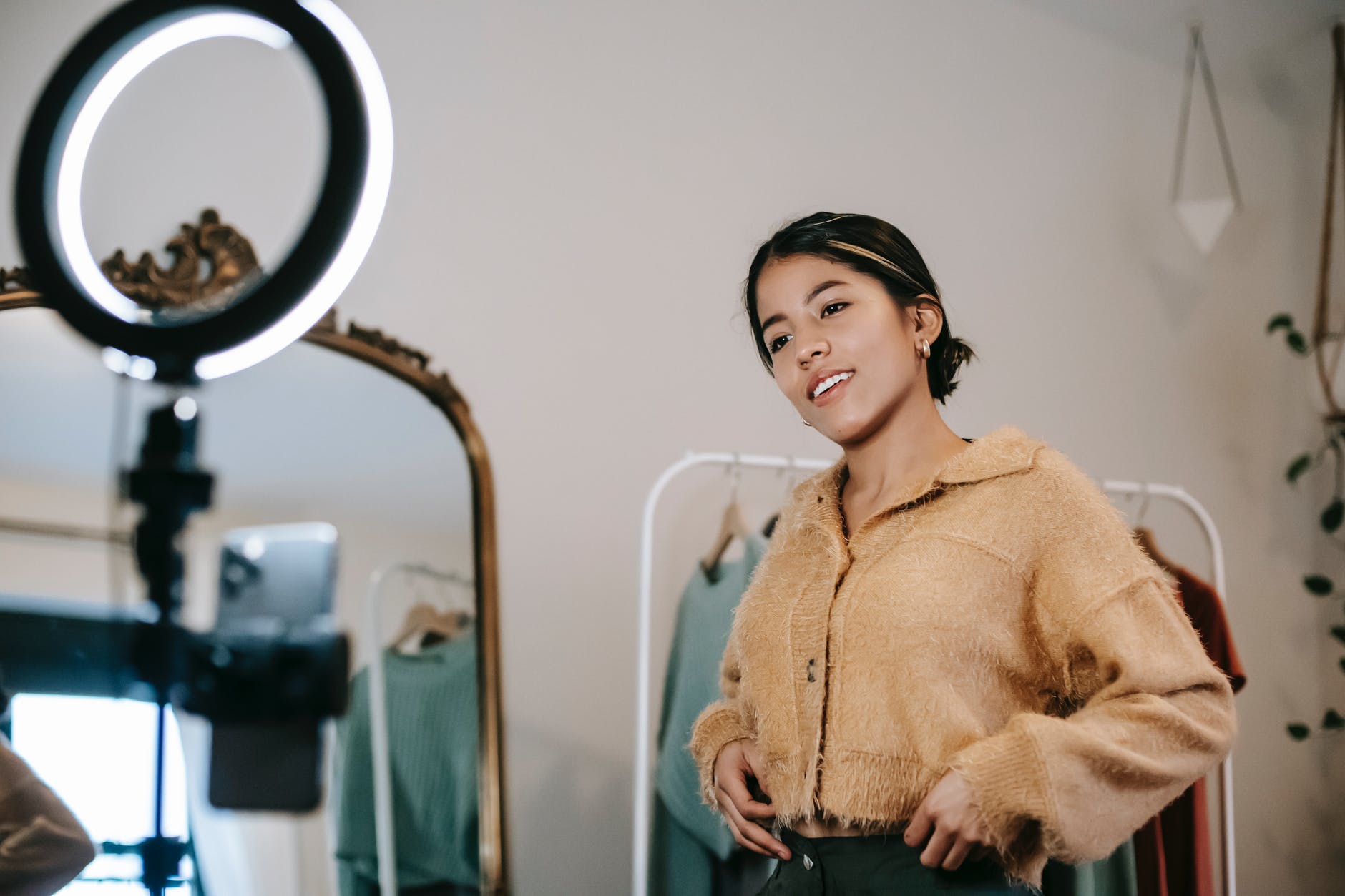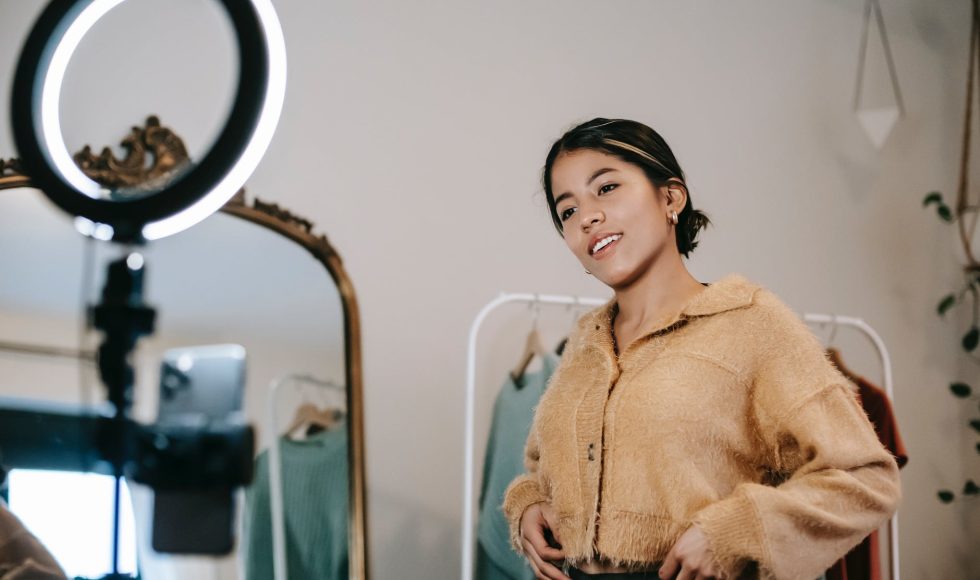Today we had our first IPERT webinar. The topic was vaccine hesitancy and the BIT postdoctoral scholar team did a fantastic job. I was thinking about how useful it was to record the session for those who were unable to attend. This evening, I decided to watch a Lilly Conference 2021 session entitled “Why and How to Make Your Own Teaching Videos,” the first in the Blended Learning Designs category. I’m slowly trying to watch as many sessions as I can! The presenter in this case was Christopher DeFraia from Ferris State University. I have been using Camtasia to edit videos and have mostly taught myself. I want to learn from people who have done this for courses… and DeFraia, a genetics professor, has created and produced several dozen videos. DeFraia had a slide with responses to “are videos good for learning?” that included considerations such as not overwhelming learners with information and doing something after the video. In response to the question “why make your own videos?” DeFraia mentioned that learning is social, you know best what your students need, and you know what topics to emphasize. They have produced a series of free videos for faculty producing their own videos. DeFraia categorized videos as:
- Pencil and paper videos: videos that are made with a doc cam setup with a cell phone.
- Basic screencasts can be made quickly and allow you to incorporate media. For basic screencasts, DeFraia recommends using a tablet with a screencast program and a cell phone holder setup.
- Advanced screencast described by DeFraia involve having a script and editing the video.
DeFraia discussed some resources and explained that we must check both student and instructor accessibility of the resources produced. Several tips were recommended for audio and video setups. Light setup was described with one lamp on either side of the camera with shades for the maps. DeFraia uses a script when possible and a metronome to synchronize audio/video. I thought it was useful to learn that the top of the frame should be about three inches above your head. They recommended practicing the script a couple of times and saying the words. Finally, DeFraia showed the audience their YouTube channel with helpful videos. I want to check out the resources! As we make more videos and edit them, I want to learn what practices help produce sustainable high-quality videos. Karen Costa’s book was inspiring, and I now try to follow Costa’s advice for quick short videos to engage with the class. For longer tutorials and sessions, I do edit. I appreciate DeFraia’s suggestions and will keep in mind the resources they created!



